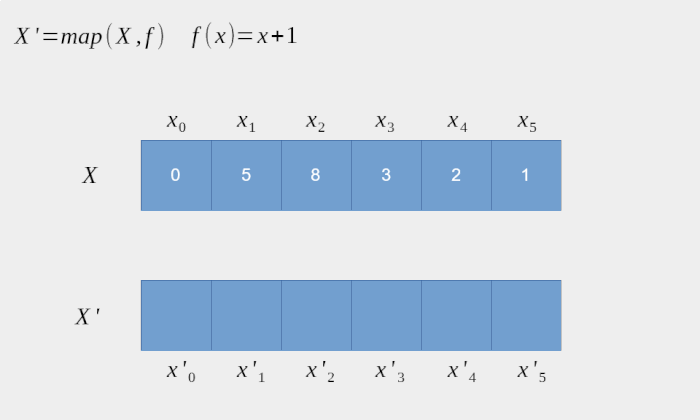In python you can traverse through an iterable using some tools:
- Iteration
- List comprehension
- Map
- Recursiveness
Iteration is the repetition of a process aiming to generate a result.
In computing, iteration is the marking technique of a block of
instructions in a computer program by a defined number of
repetitions. This instruction block is considered iterative ; a
computer scientist can also refer to this block of
instructions as an "iteration".
The pseudocode below is an example of iteration:
for item in coleção:
faça algo com o item
source: wikpedia
The statement for python iterates over the items of a sequence to instead of specifying numerical values or conditions. It’s more like the declaration foreach found in other lingagen
Applying iteration to the proposed dictionary in the question:
f=0
l=[]
for s in dict.values():
l.append((f, (f:= f + len(s)) - 1))
print(l) #[(0, 6), (7, 14), (15, 26)]
List comprehension is a syntactic construct available in some programming languages to create a list based on existing lists
List comprehension or list abstractions are syntactic structures
describing how existing lists or other eternal objects are
processed to create new lists from them.
They are written in some programming languages like B, Python
Haskell or Common Lisp supported and in analogy with the notation
descriptive of sets.
source: wikpedia
List comprehension provides a more compact syntax when you want to create a new list based on the values of an existing list.
Applying list comprehension to the dictionary proposed in the question:
f=0
print([(f, (f:= f + len(s)) - 1) for s in dict.values()]) #[(0, 6), (7, 14), (15, 26)]
Map is a function that applies a certain function to an eternal.
In many programming languages, map an order function
in which a given function is applied to each element of
a functor , for example, in a list , the result is a list
equally long results.
Below is an example to add 1 to each number in a list:
 source:wikpedia
source:wikpedia
The function map() returns an iterator that applies a script for each item of an iterable.
Applying map to the proposed dictionary in the question:
def ccontador():
f = 0
def contador(s):
nonlocal f
return (f, (f:= f + len(s)) - 1)
return contador
cont = ccontador()
print([*map(cont, dict.values())]) #[(0, 6), (7, 14), (15, 26)]
Recursiveness means that when describing something, a reference to the description itself appears in the description.
In computer science, recursion is the definition of a
subroutine (function or method) that can invoke itself. An example
of recursive application can be found in the parsers
recursive syntactics for programming languages. The large
advantage of recursion is in the possibility of using a
finite computer to define, analyze or produce a stock
potentially infinite sentences, designs or other data.
source: wikpedia
Applying recursiveness to the proposed dictionary in the question:
def rcontador(v, f=0):
if len(v) == 0:
return []
s = v[0]
return [(f, (f:= f + len(s)) - 1)].extend((rcontador(v[1:-1]),f))
print(rcontador([*dict.values()])) #[(0, 6), (7, 14), (15, 26)]

Could you tell me what the criterion is? If you have 7 characters and their indexing in the array starts at 0, then it should go to 6, no?
– Danizavtz